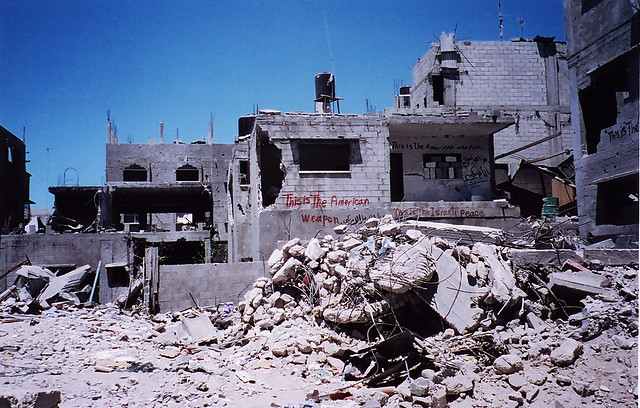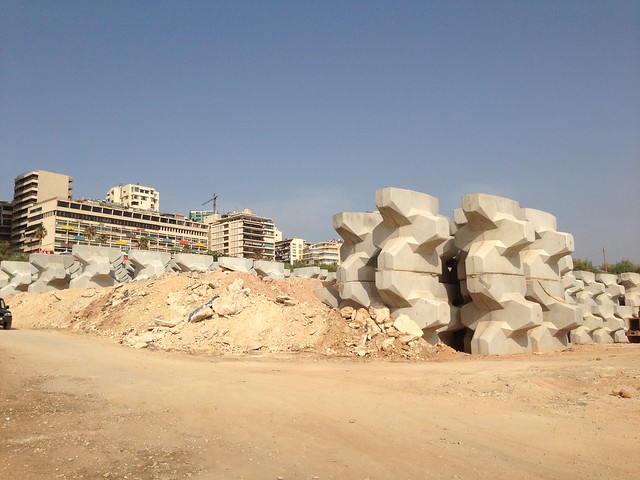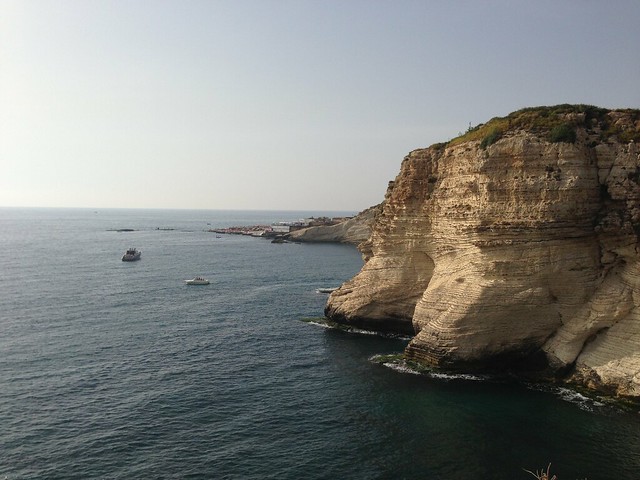At times like these, the words of Sa’dallah Wannous are very relevant.
Times like these also remind me of Mona Hatoum's work 'So Much I Want to Say' (1983).
The video can be seen here
"My life has neared its end and I still dream of saying “No.” I wanted, and I want to say “No” to the “Yes” citizen, to the prison-homeland, to the modernization of the methods of torture and domestication, to the official discourse, to the visas for Arab countries, to the fragmentation and the division, to the referenda of the 99.99 percent, to the balloon celebrations, to the war that strengthen the police, to the victories which offer the leadership of the Arabs to the oil princes, that increase the gains of the businessmen, and lead to the agreements of Camp David…
I wanted and I want to say “No.” And I search for my tongue but find only a foam of blood and fear.
From my severed tongue the defeat started, and the funeral procession set out … From my suppressed “No” the enemy got through, as well as the separation, the poverty, the hunger, the prison, the torturer, and the contemporary Arab collapse…
Briefly, if it weren’t for my suppressed “No,” half of me wouldn’t be in the coffin and the other half dragging itself behind it. And my deprivation from my “No” made me not only into the victim and the spectator, the dead and the mourner, but also into a conspirator…
…[T]he “No” citizen is, for the Arab thrones, a bigger danger than the Israeli danger, and a conspiracy worse than the imperialist conspiracies…
…And until I recuperate my suppressed “No,” the funeral procession will continue, with us dragging our tails behind it."Sa'dallah Wannous, "Ana al-Janaza wa al-Mushayyi'un" (I am the Deceased and the Mourner), in Al A'mal al-Kamila, 3, pp. 440-42, as quoted in Elizabeth Kassab's Contemporary Arab Thought, pp. 56-57) [via kalimatmagazine]
Times like these also remind me of Mona Hatoum's work 'So Much I Want to Say' (1983).
 |
| Via Al-Ma'mal Foundation |
"The video So Much I Want to Say consists of a series of still images, changing every eight seconds, which show the artist's face in close-up with a pair of male hands gagging her mouth and preventing her from speaking. Meanwhile her voice on the sound-track repeats over and over the words of the title. This is one of Hatoum's earliest video works and is based on material from a live performance. During a tour of Canada in 1983 she participated in a slowscan video exchange between Vienna and Vancouver entitled Wiencouver IV. Slowscan satellite transmits an image every eight seconds, with continuous sound via telephone lines. Hatoum's contribution, transmitted live from Vancouver, was also titled So Much I Want to Say. The video work uses footage from the live transmission. It was made at the Western Front Art Centre and is a Western Front Production.
[...]
In So Much I Want to Say the male hands, which gag Hatoum's mouth, form a physical and visual barrier between the artist and her audience, which seems on one level to prevent her from being seen, heard or understood. They provide a symbol for a cultural elite which stifles the voice of society's dispossessed, those who are alienated through their race, nationality and gender. By presenting images where she appears to be silenced, Hatoum exposes the predicament of political minorities who are silenced or ignored. Her ineffectual struggle to pluck the hands from her face contrasts with the persistent repetition of her voice on the sound-track, demonstrating that it is through her artwork that she has found a channel for her political ideas."Text via Tate Modern
The video can be seen here



